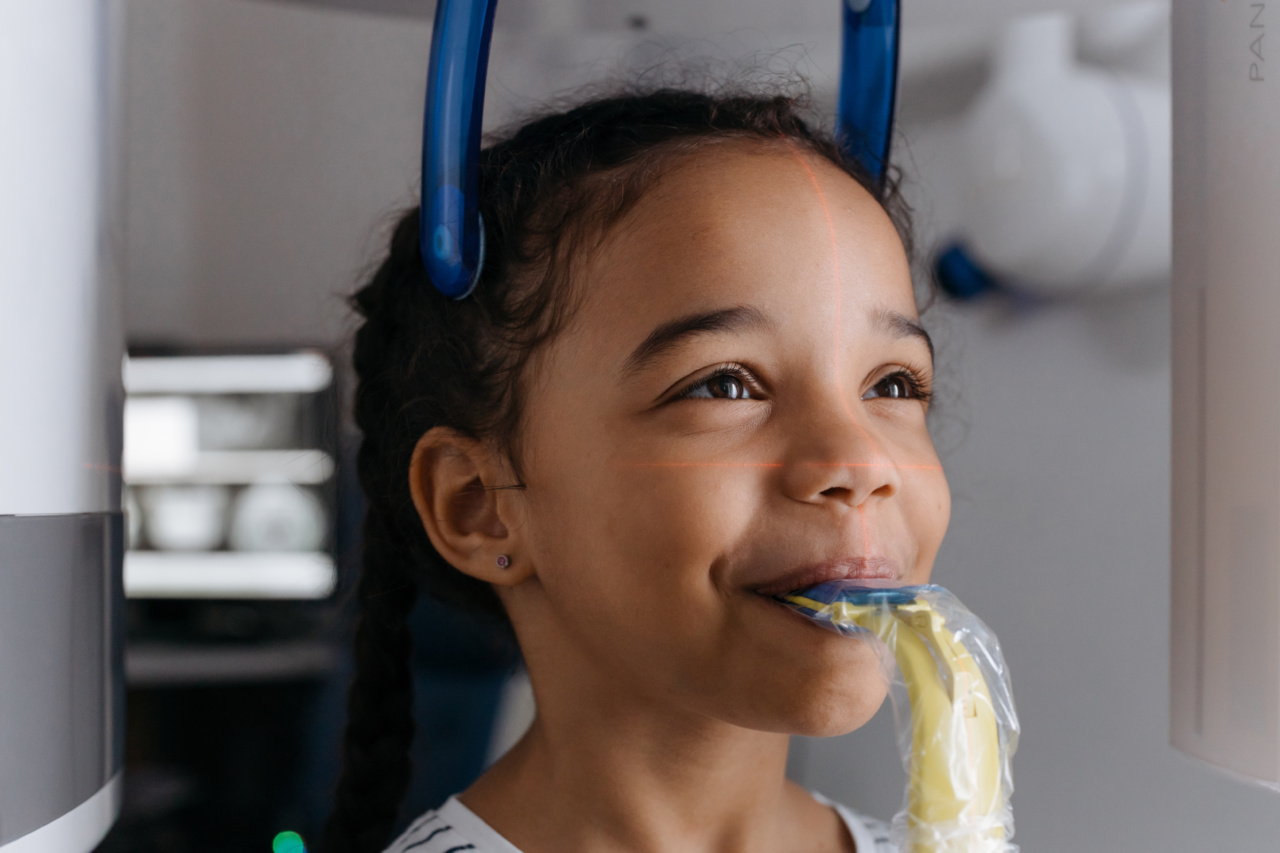Autism is a complex neurodevelopmental disorder that affects millions of children worldwide. Early detection and intervention play a crucial role in improving outcomes for individuals with autism.
Researchers have been exploring various techniques to identify children at risk for autism at an early age. One promising avenue is the use of dental scans, which could potentially provide valuable insights into a child’s risk for autism.
The Link Between Dental Scans and Autism
Although autism is primarily diagnosed through behavioral assessments, recent studies have shown a potential link between dental anomalies and the risk of autism.
Dental scans, such as cone-beam computed tomography (CBCT) or panoramic radiographs, can reveal detailed information about the development and structure of a child’s teeth and jaws. These scans have already been used for orthodontic purposes and detecting other oral health conditions, but their potential for identifying children at risk for autism is a new area of exploration.
Research Supporting the Use of Dental Scans
A study published in the journal Autism Research in 2017 highlighted the potential of dental scans to identify children at risk for autism.
The research team conducted dental examinations and obtained panoramic radiographs of 128 children, among which 59 were diagnosed with autism and 69 were typically developing. The results showed that children with autism had a significantly higher prevalence of dental anomalies compared to their typically developing peers.
Another study published in Scientific Reports in 2019 focused on analyzing dental data from over 1,000 children, including both those diagnosed with autism and typically developing children.
The researchers used artificial intelligence algorithms to analyze the dental scans and successfully distinguished between the two groups with an accuracy of over 90%. This study provided further evidence that dental scans could potentially serve as a screening tool for identifying children at risk for autism.
Possible Mechanisms behind Dental Anomalies and Autism
Researchers are still investigating the possible mechanisms that link dental anomalies to autism. One hypothesis suggests that both dental anomalies and autism may share common genetic, epigenetic, or environmental factors.
Additionally, abnormal craniofacial development, which can be observed through dental scans, might be associated with autism spectrum disorders.
Furthermore, studies have found a higher prevalence of dental issues, such as delayed tooth eruption, missing teeth, and enamel defects, in individuals with autism.
These dental anomalies may reflect disruptions in the underlying processes of embryonic tooth development caused by shared genetic or environmental factors.
The Importance of Early Detection and Intervention
Early detection of autism can lead to timely interventions, which greatly improve outcomes for affected children. Currently, autism is typically diagnosed based on behavioral assessments at around two to three years of age.
However, relying solely on behavioral observations can cause delays in diagnosis and intervention. Dental scans could potentially aid in early identification, allowing for earlier intervention and support for children at risk for autism.
Advantages of Dental Scans for Autism Risk Assessment
Dental scans offer several advantages over traditional behavioral assessments when it comes to identifying children at risk for autism:.
1. Non-Invasive and Painless
Dental scans are non-invasive and painless, making them suitable for young children who may find traditional assessments challenging or uncomfortable.
2. Objective Measurements
Dental scans provide objective measurements that can be analyzed using advanced algorithms, reducing the potential for subjective interpretations.
3. Early Detection
By integrating dental scans into routine dental visits, children at risk for autism could be identified at an earlier stage, enabling timely intervention and support.
4. Cost-Effective
Dental scans can be performed using existing imaging technologies, minimizing additional costs for screening and assessment.
The Future of Dental Scans and Autism Risk Assessment
While dental scans show promising potential for identifying children at risk for autism, further research is necessary to validate their effectiveness and explore their practical implementation.
Large-scale studies across diverse populations are needed to ensure the reliability and generalizability of the findings.
Future research could also focus on understanding the specific dental anomalies associated with autism, developing standardized protocols for dental screenings, and integrating dental scans into routine pediatric dental practices.
Additionally, collaborations between dental professionals, autism specialists, and researchers are crucial to facilitate the translation of this research into clinical practice.
Conclusion
Dental scans, such as CBCT or panoramic radiographs, offer a novel approach to potentially identify children at risk for autism.
The correlation between dental anomalies and autism spectrum disorders sheds light on the importance of exploring alternative tools for early detection and intervention. By leveraging dental scans alongside existing behavioral assessments, healthcare professionals may be able to identify children at risk for autism at an earlier age, ensuring timely intervention and support.
Continued research in this field has the potential to revolutionize autism detection and improve outcomes for affected individuals.





























